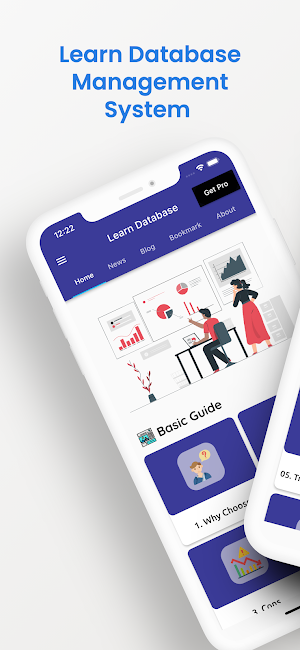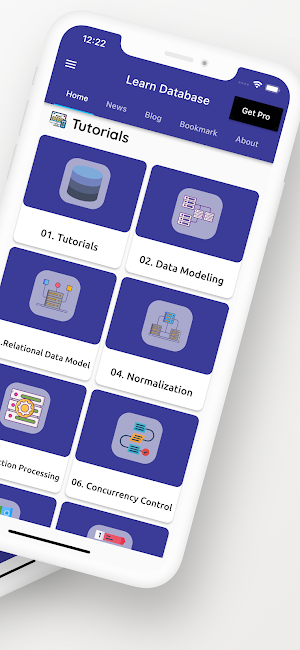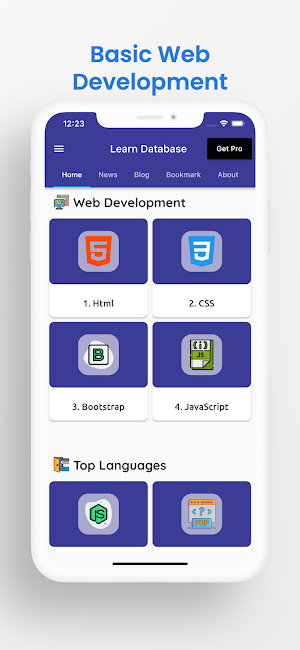



Learn Databases Guide - Learn SQL Tutorials 2021. Learn DBMS 2021




Database Management System. Learn Database Programming Languages Guide 2021. Database Management System or DBMS in short refers to the technology of storing and retrieving usersí data with utmost efficiency along with appropriate security measures. This tutorial explains the basics of DBMS such as its architecture, data models, data schemas, data independence, E-R model, relation model, relational database design, and storage and file structure, and much more.
Database is a collection of related data and data is a collection of facts and figures that can be processed to produce information.
Mostly data represents recordable facts. Data aids in producing information, which is based on facts. For example, if we have data about marks obtained by all students, we can then conclude about toppers and average marks.
A database management system stores data in such a way that it becomes easier to retrieve, manipulate, and produce information. Following are the important characteristics and applications of DBMS.
Database management system is a software which is used to manage the database. For example: MySQL, Oracle, etc are a very popular commercial database which is used in different applications.
DBMS provides an interface to perform various operations like database creation, storing data in it, updating data, creating a table in the database and a lot more.
It provides protection and security to the database. In the case of multiple users, it also maintains data consistency.
DBMS allows users the following tasks:
Data Definition: It is used for creation, modification, and removal of definition that defines the organization of data in the database.
Data Updation: It is used for the insertion, modification, and deletion of the actual data in the database.
Data Retrieval: It is used to retrieve the data from the database which can be used by applications for various purposes.
User Administration: It is used for registering and monitoring users, maintain data integrity, enforcing data security, dealing with concurrency control, monitoring performance and recovering information corrupted by unexpected failure.
Why to Learn DBMS?
Traditionally, data was organized in file formats. DBMS was a new concept then, and all the research was done to make it overcome the deficiencies in traditional style of data management. A modern DBMS has the following characteristics −
Real-world entity − A modern DBMS is more realistic and uses real-world entities to design its architecture. It uses the behavior and attributes too. For example, a school database may use students as an entity and their age as an attribute.
Relation-based tables − DBMS allows entities and relations among them to form tables. A user can understand the architecture of a database just by looking at the table names.
Isolation of data and application − A database system is entirely different than its data. A database is an active entity, whereas data is said to be passive, on which the database works and organizes. DBMS also stores metadata, which is data about data, to ease its own process.
Less redundancy − DBMS follows the rules of normalization, which splits a relation when any of its attributes is having redundancy in values. Normalization is a mathematically rich and scientific process that reduces data redundancy.
Consistency − Consistency is a state where every relation in a database remains consistent. There exist methods and techniques, which can detect attempt of leaving database in inconsistent state. A DBMS can provide greater consistency as compared to earlier forms of data storing applications like file-processing systems.
Query Language − DBMS is equipped with query language, which makes it more efficient to retrieve and manipulate data. A user can apply as many and as different filtering options as required to retrieve a set of data. Traditionally it was not possible where file-processing system was used.
Wallpapers For Oppo - HD - 4K Backgrounds app with a huge...
Wallpapers For Samsung - HD - 4K Backgrounds app with a huge...
Wallpapers For iPhone - HD - 4K Backgrounds app with a huge...
Wallpapers For Huawei - HD - 4K Backgrounds app with a huge...
Python is a powerful general-purpose programming language. Our Python tutorial will guide...
Wallpapers For Infinix - HD - 4K Backgrounds app with a huge...
Created with AppPage.net
Similar Apps - visible in preview.